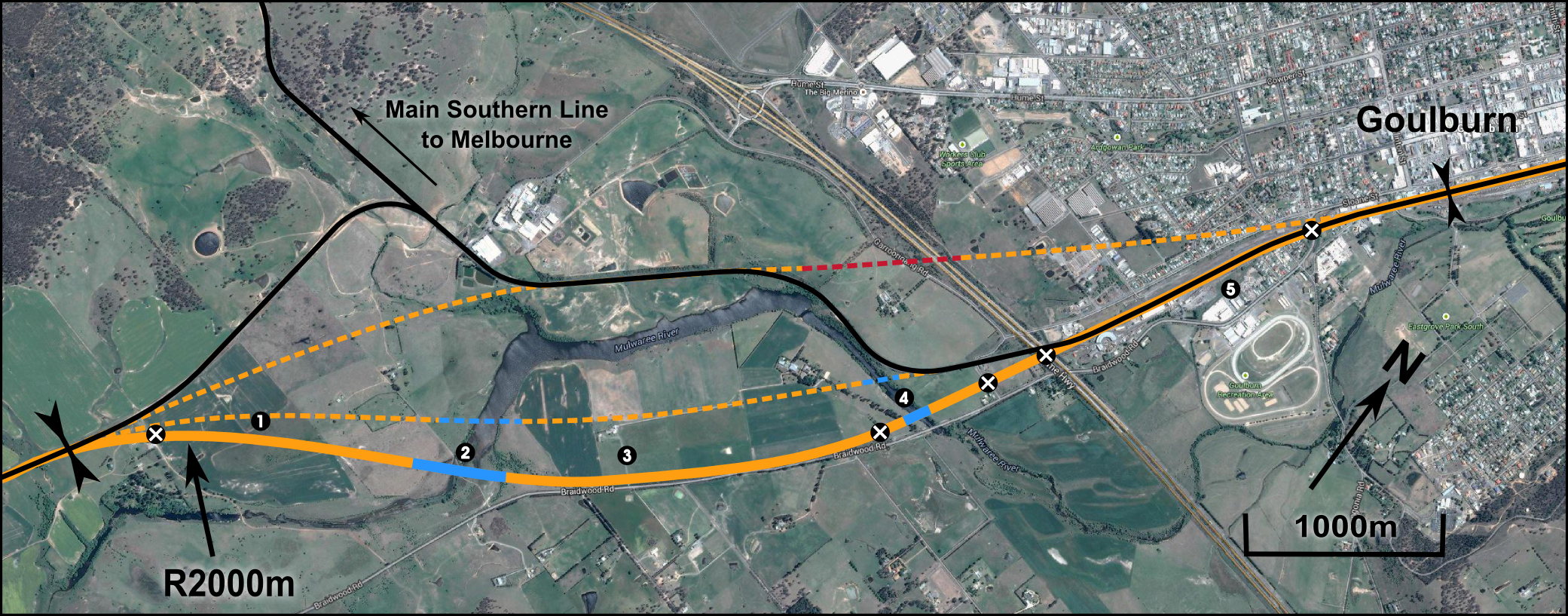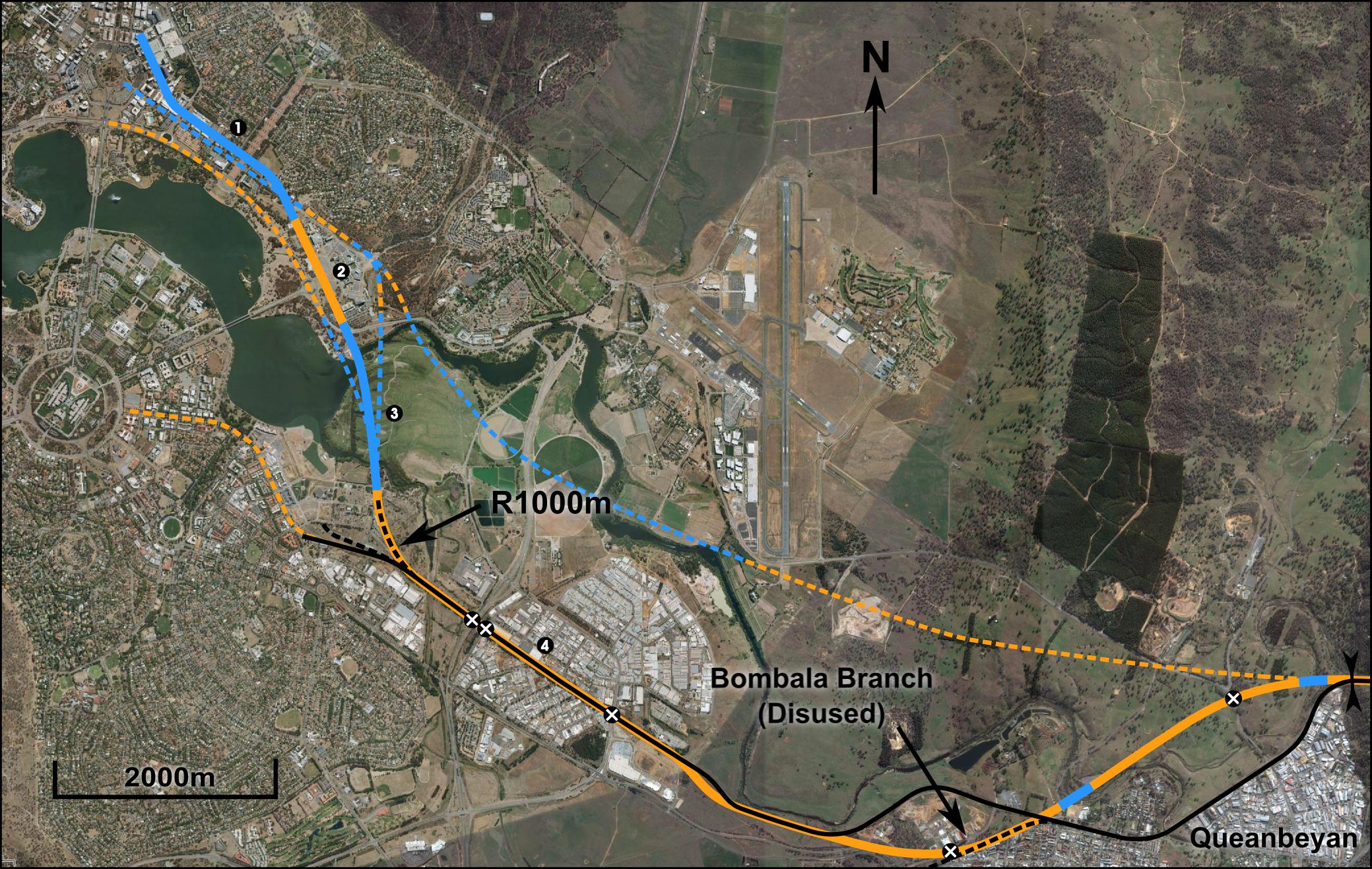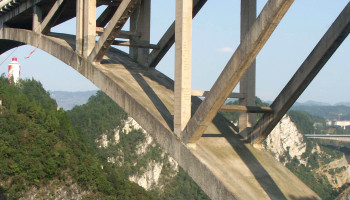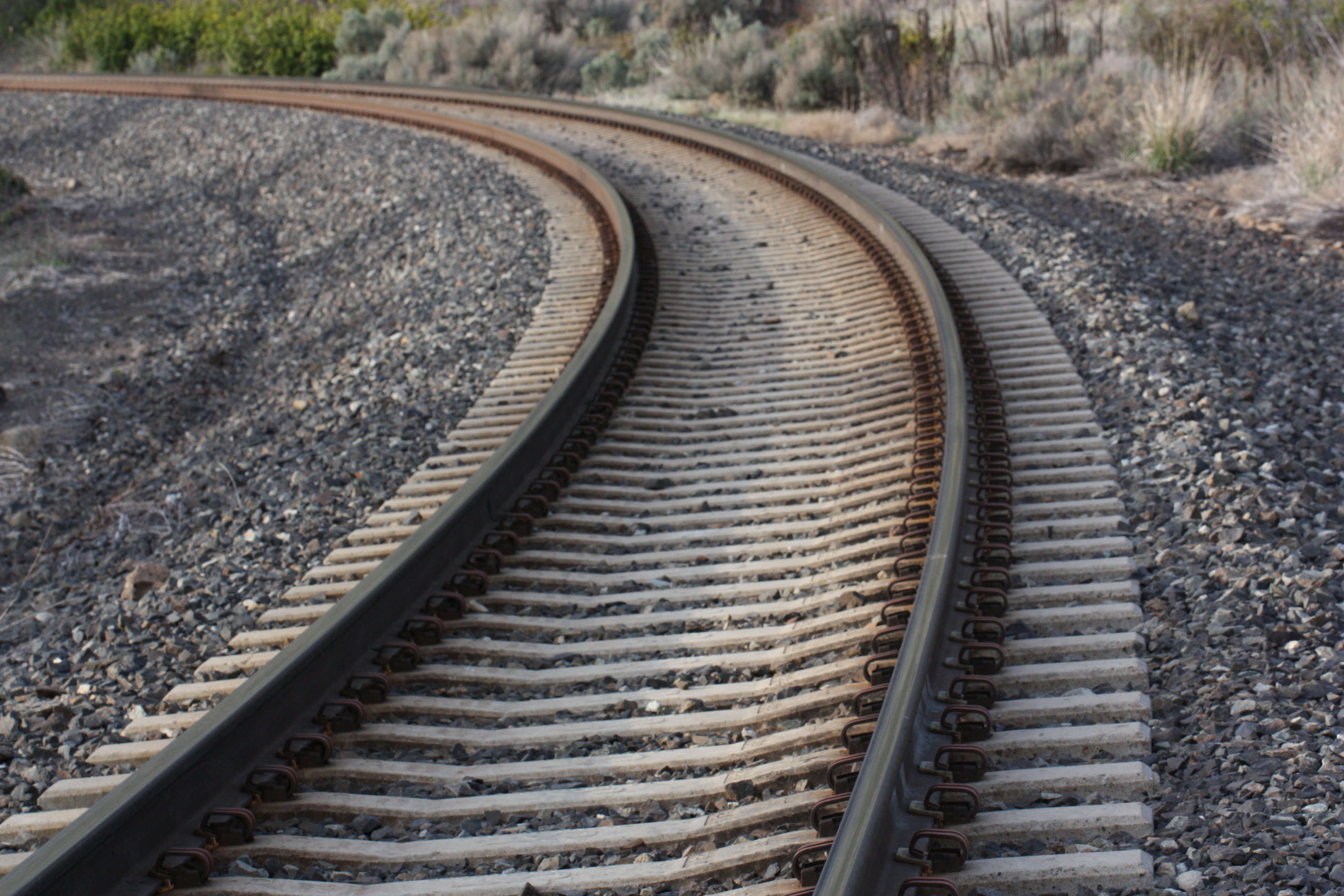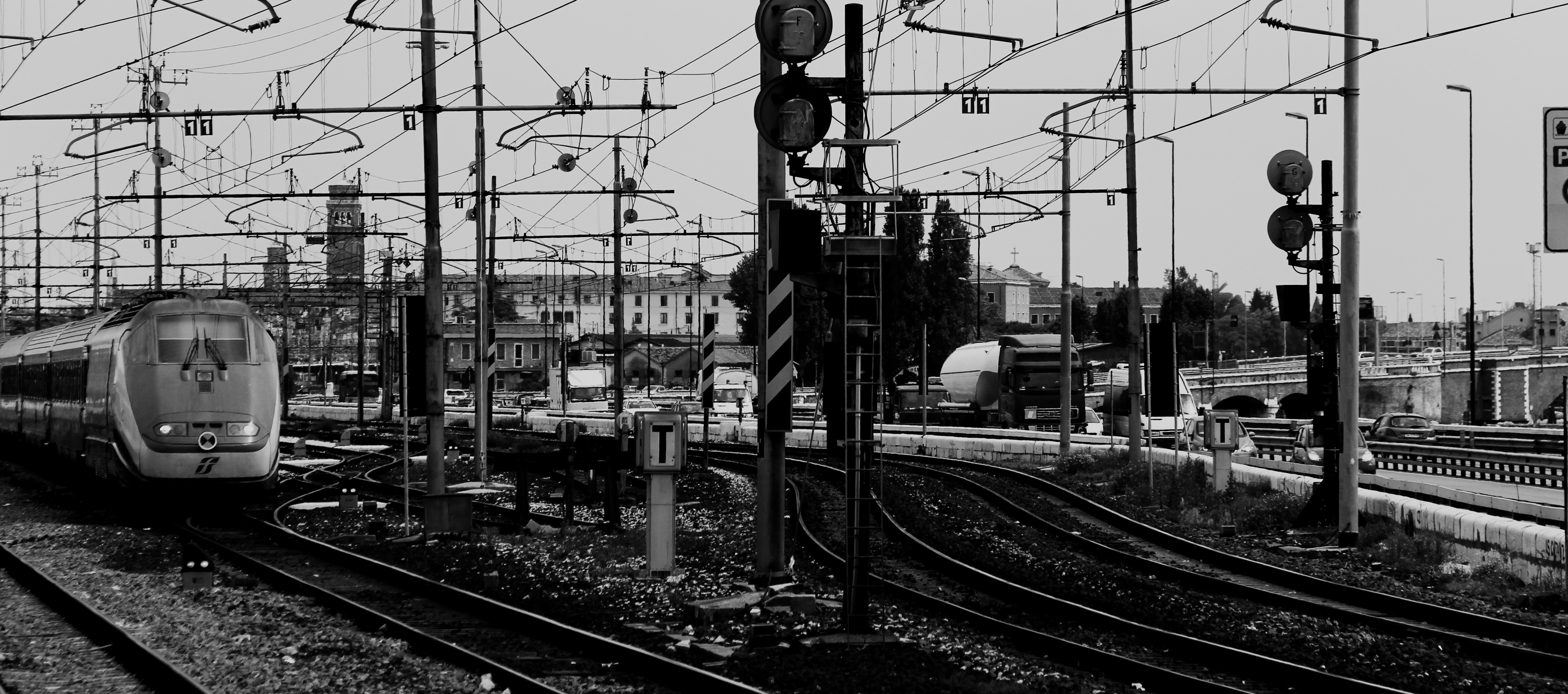Goulburn East
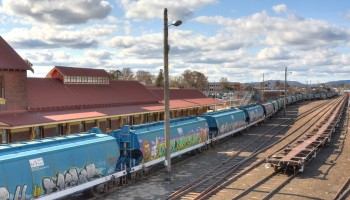
The existing alignment out of Goulburn has a minimum radius of 600m, yet it should be possible to increase to 1000m or possibly 1500m with only small modifications to the existing corridor. Geography, other transport corridors and existing development impose substantial constraints beyond this; any faster deviation will be very expensive and should therefore be deferred until higher-speed operations are required.





